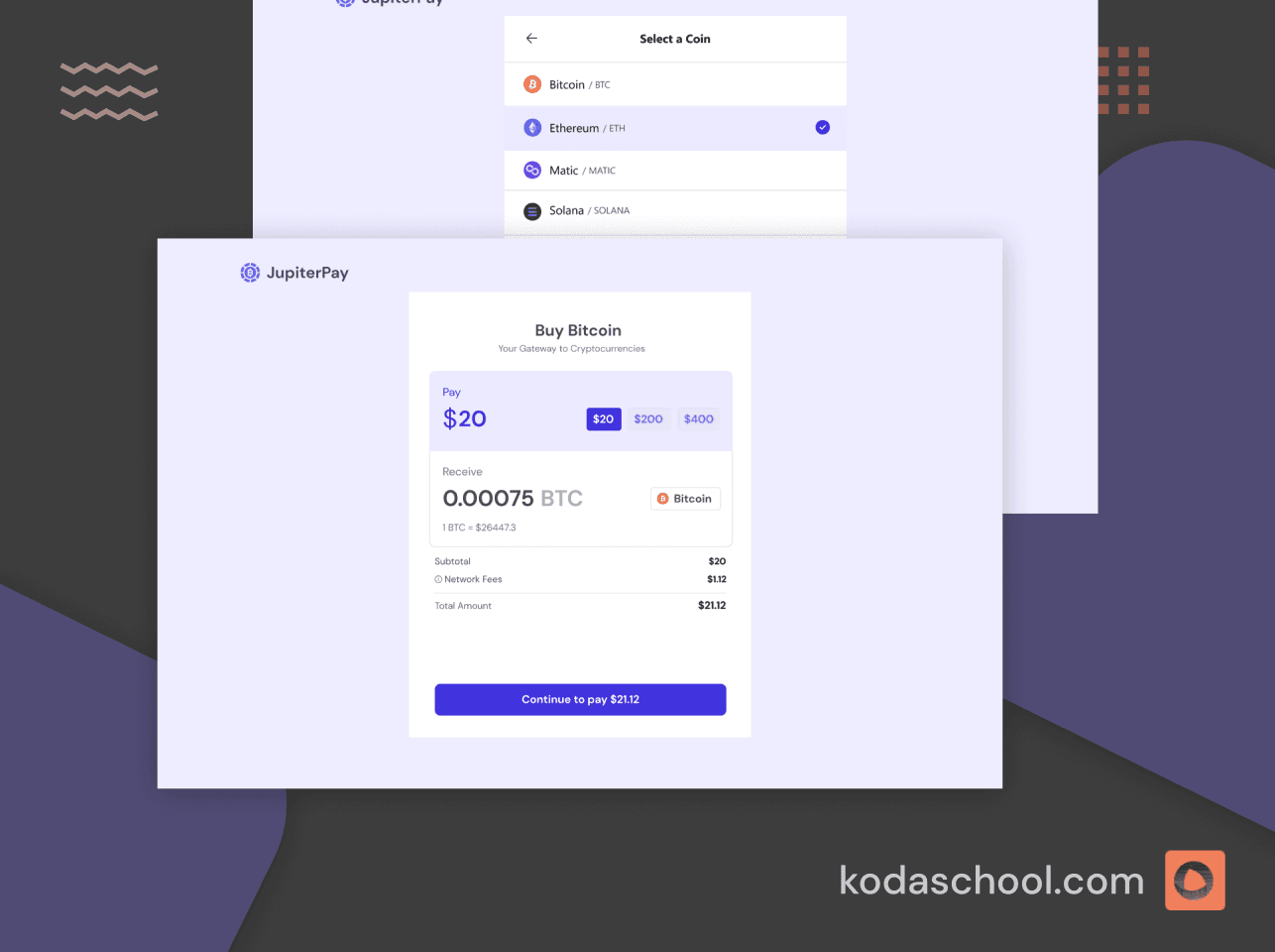Mastering Authentication in React Native: A Comprehensive Guide Using RN Google Sign In
Understanding and implementing various authentication flows thoughtfully in your applications ensures a secure, seamless user experience.
Mastering Authentication in React Native: A Comprehensive Guide Using RN Google Sign-In
Introduction
Mastering authentication in React Native is a crucial step for developers looking to secure their mobile applications effectively. Authentication, the process of verifying the identity of a user, is foundational to protecting both user data and application integrity. This comprehensive guide aims to equip you with the knowledge and tools needed to implement robust authentication mechanisms in your React Native applications.
Try Kodaschool for free
Click below to sign up and get access to free web, android and iOs challenges.
Understanding Authentication Flows
Before diving into the technicalities, it's essential to understand the common authentication flows:
- Local Authentication: Involves verifying credentials (like username and password) against a database. It's straightforward but requires secure handling of user credentials.
- OAuth and Third-Party Authentication: Utilizes external providers (Google, Facebook, etc.) to authenticate users. This method is popular due to its convenience and enhanced security.
- Token-Based Authentication: After initial login, the server generates a token (often JWT) that the client uses for subsequent requests. This method is secure and scalable, making it ideal for mobile applications.
Setting Up Authentication in React Native
Implementing authentication in React Native requires a combination of frontend and backend efforts. Here's a step-by-step approach:
Step 1: Choose Your Authentication Method
Decide whether you'll use local authentication, third-party services, or a combination. Your choice will dictate the libraries and tools you'll need.
Step 2: Integrating Authentication Libraries
For local authentication, libraries like react-native-secure-storage can securely store tokens. For OAuth, consider using react-native-app-auth to streamline the integration with third-party services
Step 3: Implementing the Authentication Flow
- Login Screen: Create a login screen where users can enter their credentials. Use React Native components like
TextInputfor input fields - Authentication Logic: On form submission, send the credentials to your backend for verification. For third-party services, follow the library's guide to initiate the OAuth flow.
- Handling Authentication Response: Upon successful authentication, your backend should return a token. Store this token securely on the device.
- Securing API Requests: Include the stored token in the headers of subsequent API requests to authenticate them.
Step 4: Maintaining Session State
Use React context or state management libraries to keep track of the user's authentication status across the app. This approach enables conditional rendering of components based on the user's login state.
Step 5: Implementing Logout Functionality
Provide a logout option that clears the stored token and resets the authentication state, effectively logging the user out.
Understanding Google Sign-In
Google Sign-In allows users to log into your application using their Google account, eliminating the need for them to remember another set of credentials. This method offers several benefits, including access to Google's security features, a streamlined sign-up process, and the ability to fetch user details securely.
Setting Up RN Google Sign In Expo
Step 1: Creating a Google Project Using Firebase
First, you need to create a project in Firebase and enable the Google Sign-In API. This process involves creating credentials (OAuth 2.0 client IDs) that your React Native application will use to authenticate with Google's services.
- First Log in to your Firebase console https://console.firebase.google.com/
- Inside your Firebase console create a project and click continue
- You'll click continue on all the other setup processes then finish by creating your project
- Inside your project console click on the Android or IOS icon to continue
- To Register your app on Firebase you will add the package name, The name of the app and the SHA-1 credentials
- After creating you will click on the Google Sign In and download your googleServiceJson file
Step 2: Installing React Native Google Sign-In
React Native Google Sign-In is a popular library that simplifies integrating Google authentication into your app. Install it using npm or yarn:
npx expo install @react-native-google-signin/google-signin
NOTE
This package cannot be used in "Expo Go" because it requires custom native code.
However, you can add custom native code to Expo by using a development build. That is the approach recommended by Expo for production apps, and is documented in this guide.
Step 3: Configuring the Library
After installation, you need to configure the library with your Firebase project's credentials. This typically involves setting the webClientId, which is the OAuth 2.0 client ID you obtained from the Firebase Console.
import {GoogleSignin} from '@react-native-google-signin/google-signin';
GoogleSignin.configure({
webClientId: 'YOUR_WEB_CLIENT_ID_HERE',
});Step 4: Implementing Google Sign-In in Your App
With the library configured, you can now add Google Sign-In to your application. This involves calling the signIn method and handling the returned promise to obtain the user's information.
const handleGoogleSignIn = async () => {
try {
await GoogleSignin.hasPlayServices();
const userInfo = await GoogleSignin.signIn();
// Use userInfo to log the user in
} catch (error) {
console.error(error);
}
};Handling Sign-In State
To provide a seamless user experience, your app should remember the user's sign-in state across sessions. The React Native Google Sign-In library offers methods for checking the current sign-in state and signing the user out when needed.
const isSignedIn = await GoogleSignin.isSignedIn();
if (isSignedIn) {
console.log('User is already signed in');
// Navigate to the main app screen
}Conclusion
Integrating Google Sign-In into your React Native application can significantly enhance the user experience by providing a quick and secure authentication method. By following the steps outlined in this guide, you can implement Google Sign-In in your app, ensuring a secure and seamless authentication process. Remember to adhere to best practices for handling authentication data and respect user privacy to build trust and ensure compliance with regulations.
References
Below are references you can checkout to practice on how to implement social authentication on your expo app
Expo Setup - https://react-native-google-signin.github.io/docs/setting-up/expo
One Tap Sign In - https://react-native-google-signin.github.io/docs/one-tap
Implementing RN Google Sign In on an expo app - https://www.youtube.com/watch?v=T-zTZn_xRBM&t=896s











